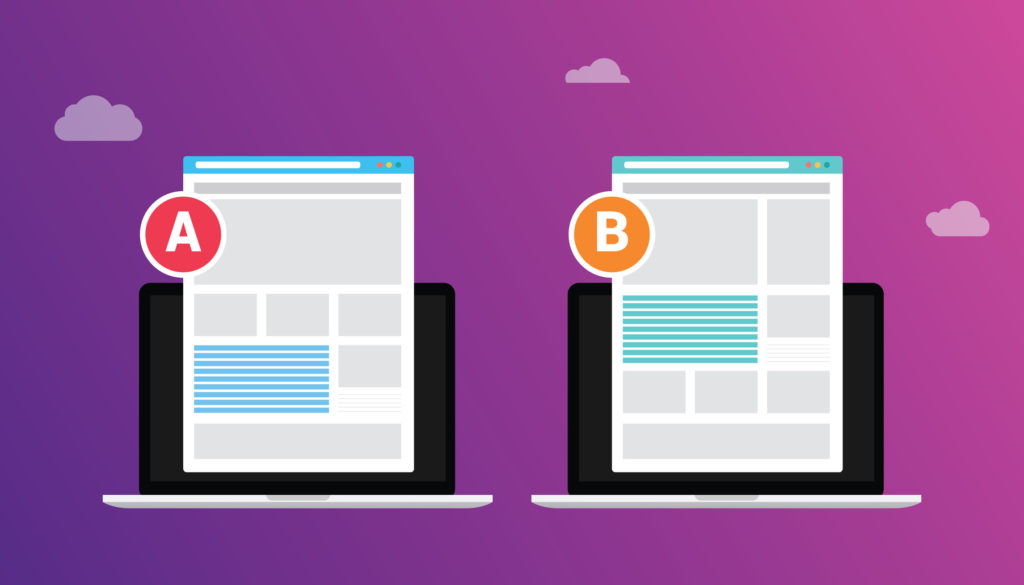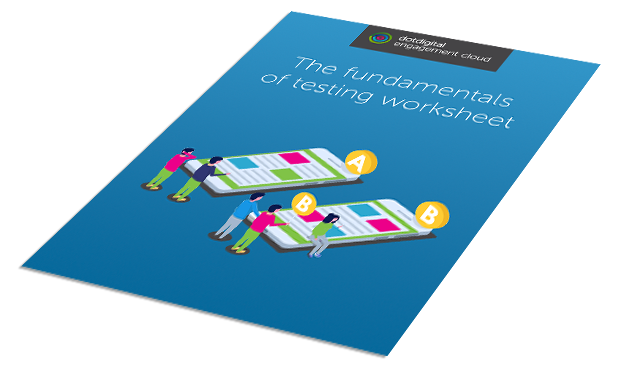7 email marketing components to test


Email marketing success relies on continuous testing. Luckily, with an available pool of data, email marketers have the power to refine their email campaigns in real time in order to deliver the best results possible. And who doesn’t want to continually improve and optimize?
So, the question on everyone’s lips: what are the components that can and should be tested in an email marketing campaign?
Here are the key ones to consider:
1. Email subject line
It’s an obvious one to start with – and possibly one of the most important elements of an email marketing campaign. Ultimately, whether or not your recipient opens your email rests on the language, context, and relevancy of the subject line. Remember, people’s inboxes might be full to the brim – so standing out is key. We’ve spoken previously about how to write the best email subject line, but the only way to really be sure what will work best is to test! Plus, don’t forget the preheader text which you can also test. This handy bit of extra info supports the subject line in convincing readers to open the email.

2. Call to action
The call to action is the component of an email that propels the recipient towards a conversion point, usually via a click-through. But which call to action works best for your recipients? Test different options to see if they impact results differently.
Here are a couple to consider:
- Language variations: ‘download now’ or ‘get yours here’
- Button variations: circular, square, or plain text?
- Color variations: pink, green, or blue?
3. Images
The issue of whether or not to include images in your email marketing campaign is one that divides opinion in the industry. If recipients are likely to have images turned off as standard then there’s an argument for using images sparingly in your messages. However, if lots of your recipients have added you to their safe-senders list, then you could get better results by increasing the number of images in your message. The only way to know for sure is to test. And don’t forget to segment your database depending on what you find out! In any case, it’s always best to populate the alt text with information related to the image – giving readers some context should images not automatically appear.
4. Email from address
The ‘from’ address is another element that can have a big effect on open rates. Is it better to use your business name as the from address or does an individual, maybe your MD, work better? A known contact can be particularly successful for B2B companies, for example, because it’s especially relevant to the recipient. For higher education institutions or learning organizations, perhaps a team name would be more appropriate. Test a few different possibilities and see what gets the best results for your email marketing campaigns.
5. Email marketing personalization
Personalization is an aspect of email marketing that has, to an extent, been overused in recent times. Sometimes its effectiveness is muted and, at worst, can look spammy. Try using different forms of personalization to see whether it works for your recipients. Don’t just change the odd word or piece of copy, change elements of the creative as well. Or better yet, test out your messages and content on different segment types, identifying what works well for whom.

Psst!
If you’re an ecommerce brand, Dotdigital’s RFM personas make it easy for you to target the right customer group – based on the recency, frequency, and monetary values of their total purchases. Our automation tool can help you test which RFM group fits better with your message, through split-testing and then sending the email marketing campaign to the group that engages more. Just set your engagement criteria, whether it’s an open, conversion, or purchase. And while our affinity score tool helps you judge which product recommendations are more suited to your individual customers, you can always test whether your recipients in general respond better to personalized recommendations or bestsellers, for instance.
6. Landing page
What happens when your recipients click through? Do they then convert or does your landing page put them off? Try alternative pages for different segments, versus a standalone generic page, and see whether this has an effect. It’s equally important to test your content and creative on the same landing page to see what combination works best.
7. Time of sending
The day and/or time of sending can have a big effect on open rates and conversions. B2B emails generally work better during business hours, whereas high street stores may want to send an email on a Friday to tempt buyers to visit their store the following day. When it comes to ecommerce brands, we all know what has turned usual trends upside down this year. With lots of people working from home, a timely lunchtime or evening email could secure a sale any day of the week.
For those of you who have been using email marketing for some time, you can always look back at your previous campaigns and see if certain sending days or times had a better result. You’ve probably already done some of your testing!
Every company’s audience or recipients will have different preferences or behaviors, so testing and segmentation really is the only way to find out what will work best for your business.
Discover more email marketing tips in our fundamentals of testing worksheet.



